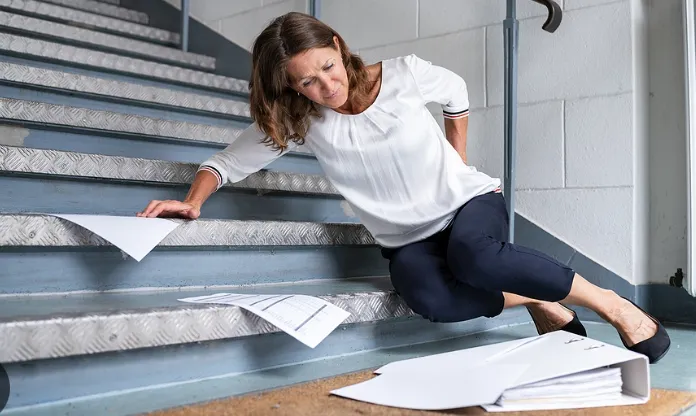Slip and Fall Lawsuit: Your Guide to Winning Your Case
Slip and fall accidents are more common than many people realize. Whether you’ve tripped on an uneven sidewalk or slipped on a wet floor in a grocery store, these accidents can lead to serious injuries. If this has happened to you, filing a slip and fall lawsuit might be the best way to recover the compensation you need for medical bills, lost wages, and other damages. But how do you ensure your lawsuit is successful?
In this article, we’ll break down the steps involved in a slip and fall lawsuit, what evidence you need, and how to give yourself the best chance of winning your case.
What Is a Slip and Fall Lawsuit?

A slip and fall lawsuit is a legal claim filed by someone who was injured due to unsafe conditions on someone else’s property. These cases typically involve situations where the property owner or manager was negligent in maintaining the premises, leading to dangerous conditions that caused the accident.
Common causes of slip and fall accidents include:
Wet or slippery floors without warning signs
Uneven flooring or cracked sidewalks
Poor lighting that makes hazards difficult to see
Loose carpeting or rugs
Ice or snow that hasn’t been cleared
The key to winning a slip and fall lawsuit is proving that the property owner knew (or should have known) about the dangerous condition and failed to fix it or provide adequate warning.
How to Prove Negligence in a Slip and Fall Lawsuit
To win a slip and fall lawsuit, you’ll need to prove negligence. This means showing that the property owner or manager was responsible for the hazard and didn’t take reasonable steps to prevent the accident. Here are the critical elements you'll need to establish:
Duty of Care: The property owner owed you a duty to maintain safe conditions.
Breach of Duty: The owner failed to meet this duty by neglecting a dangerous condition.
Causation: The unsafe condition directly caused your slip and fall accident
Damages: You suffered actual harm—such as physical injuries, medical bills, or lost income—as a result of the fall.
Gathering strong evidence is crucial to prove these elements. Below are some tips on collecting the right documentation.
Crucial Evidence for a Successful Slip and Fall Lawsuit
Having the right evidence can make or break your slip and fall lawsuit. Here are the key pieces of evidence you should collect:
Photos and Video: Take pictures or videos of the scene where the fall happened, including the hazard that caused it. If the floor was wet, make sure to capture it before it gets cleaned up.
Witness Statements: If anyone saw the accident, get their contact information and a statement about what they observed.
Medical Records: Keep detailed records of your injuries and treatments. This is essential to show the extent of the harm caused by the fall.
Incident Reports: If you fell in a commercial location, ask for a copy of the incident report. Businesses usually document these accidents, which can serve as valuable evidence.
Maintenance Records: If you can, obtain records showing whether the property was properly maintained. This might include cleaning logs or reports of previous complaints.
How Long Do You Have to File a Slip and Fall Lawsuit?
It’s important to know that slip and fall lawsuits are subject to a statute of limitations, which is the time limit you have to file your claim. In most states, the statute of limitations for personal injury claims—including slip and fall lawsuits—is between 1 to 3 years from the date of the accident. Once this period expires, you lose the right to file a lawsuit, so it’s critical to act quickly.
You can check your state’s specific laws regarding statutes of limitations here.
Conclusion
A slip and fall lawsuit can provide the compensation you need to recover from your injuries and move forward with your life. By gathering the right evidence and working with an experienced attorney, you can significantly improve your chances of winning your case. If you’ve been injured in a slip and fall accident, don’t hesitate to seek legal advice and take action before time runs out.
